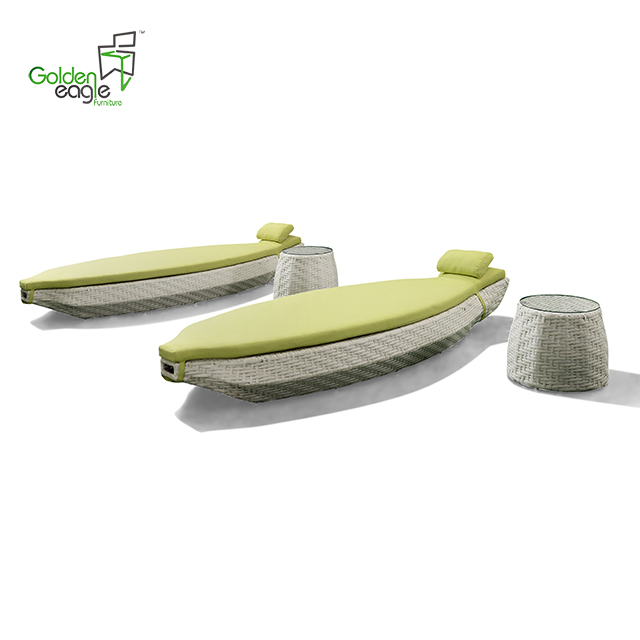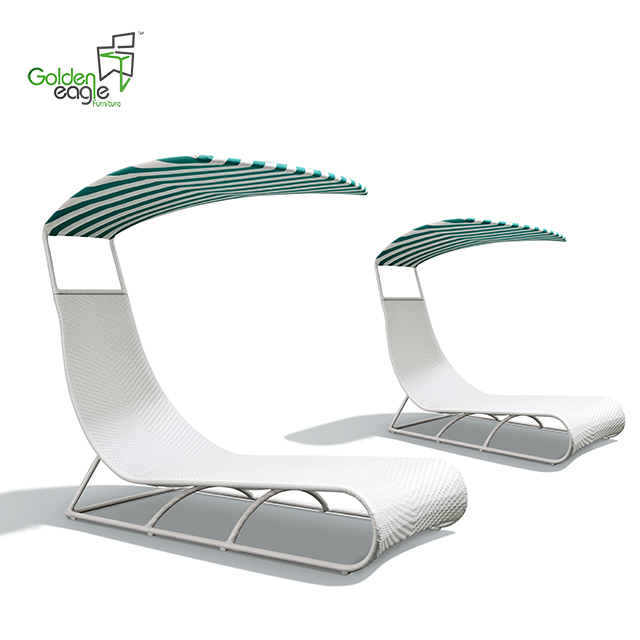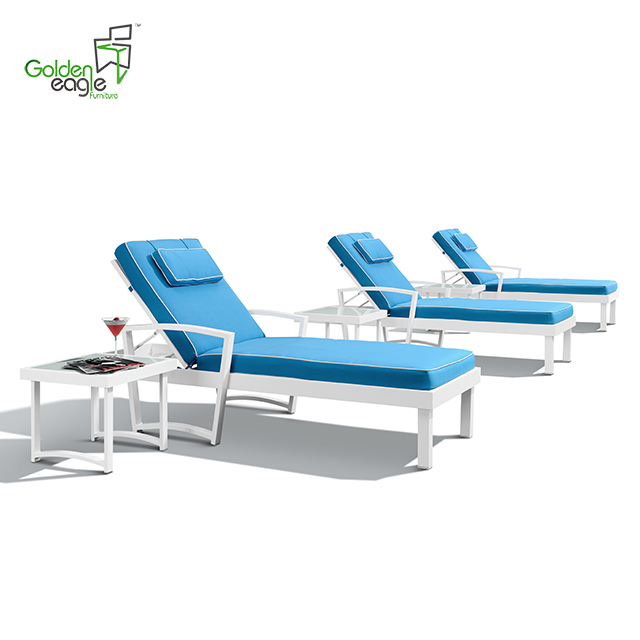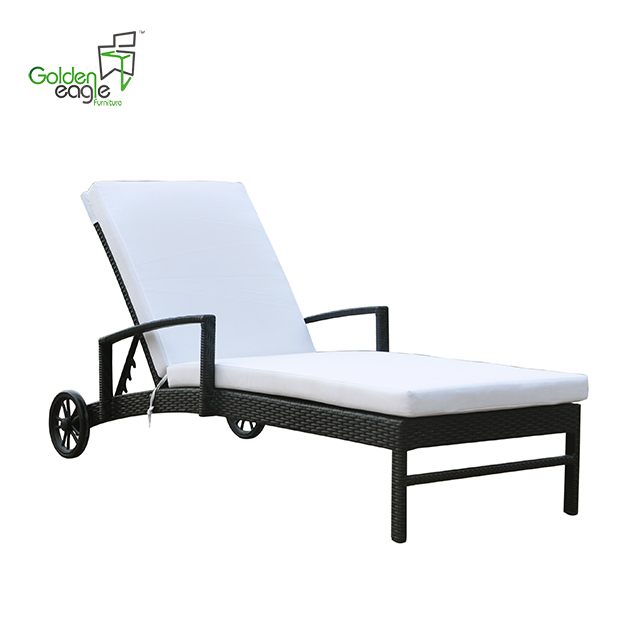Human (Human) Hepatitis B Surface Antigen (HBsAg) ELISA Detection Kit
This reagent is for research use only Specimens: serum or plasma
Test principle:
The HBSAG kit is a solid-phase sandwich enzyme-linked immunosorbent assay (ELISA). Standards with known HBSAG concentrations and samples with unknown concentrations are added to microwell enzyme plates for detection. Incubate HBSAG and biotin-labeled antibody first. After washing, HRP labeled with avidin was added. After incubation and washing, the unbound enzyme conjugate is removed, and then substrates A and B are added to act simultaneously with the enzyme conjugate. Produce colors. The color depth is proportional to the concentration of HBSAG in the sample.
Kit content and preparation:
Kit ingredients
96-well configuration
48 hole configuration
96/48 serving plate
1 board (96T)
Half plate (48T)
Plastic membrane cover
1 piece
Half block
Standard product: 500pg / ml
1 bottle (1.0ml)
1 bottle (0.5ml)
Blank control
1 bottle (1.0ml)
1 bottle (0.5ml)
Standard dilution buffer
1 bottle (8.0ml)
1 bottle (4.0ml)
Biotin-labeled anti-HBSAG antibody
1 bottle (8.0ml)
1 bottle (4.0ml)
Streptavidin-HRP
1 bottle (12ml)
1 bottle (5ml)
Wash buffer
1 bottle (20ml)
1 bottle (10ml)
Substrate A
1 bottle (6.0ml)
1 bottle (3.0ml)
Substrate B
1 bottle (6.0ml)
1 bottle (3.0ml)
Stop solution
1 bottle (6.0ml)
1 bottle (3.0ml)
Bring your own materials:
1. Distilled water.
2. Sampler: 5ul, 10ul, 50ul, 100ul, 200ul, 500ul, 1000ul.
3. Oscillator and magnetic stirrer, etc.
4.
Sample collection, processing and storage methods:
1. Serum ... Avoid any cell stimulation during the operation. Use test tubes free of pyrogens and endotoxins. After collecting blood, centrifuge at 1000 × g for 10 minutes to red blood
The cells were quickly and carefully separated.
2. Plasma ... EDTA, citrate and heparin plasma can be used for detection. Centrifuge at 1000 × g for 30 minutes to remove particles.
3. Cell supernatant ... centrifuge at 1000 × g for 10 minutes to remove particles and polymer.
4. Tissue homogenate ... Mash the tissue with appropriate amount of saline. Centrifuge at 1000 × g for 10 minutes, and take the supernatant.
5. Storage ... If the sample is not used immediately, it should be divided into small parts -70 ℃ to avoid repeated freezing. If possible, do not use hemolysis or hyperlipidemia. If there are a large number of particles in the serum, centrifuge or filter before testing. Do not thaw at 37 ° C or higher. Thaw at room temperature and ensure that the sample is thawed evenly and adequately.
Operation notes:
â— Reagents should be stored according to the label instructions and returned to room temperature before use. The sparse standards should be discarded and cannot be stored.
â— Slats not used in the experiment should be immediately returned to the packaging bag, sealed and stored to avoid deterioration.
â— Any unused reagents should be packed or covered. Do not mix reagents of different batches. Use before warranty.
â— Use a disposable pipette tip to avoid cross-contamination, and avoid using a sampler with a metal part when drawing the stop solution and the substrates A and B.
â— Use a clean plastic container to prepare the washing solution. Mix all components and samples in the kit thoroughly before use.
â— Substrate A should evaporate to avoid opening the lid for a long time. Substrate B is sensitive to light and avoid prolonged exposure to light. Avoid contact with hands, it is toxic. The OD value should be read immediately after the experiment is completed.
â— The order of adding reagents should be consistent to ensure the same incubation time of all reaction wells.
â— Perform the incubation operation in accordance with the time, amount and sequence of the liquid indicated in the manual.
safety:
1. Avoid direct contact with the stop solution and substrates A and B. Once contact with these liquids, please rinse with water as soon as possible.
2. Don't eat, drink, smoke or use cosmetics in real difficulties.
3. Do not use your mouth to absorb any components in the kit.
Preparation of reagents:
1. Standards: Serial dilutions of standards should be prepared during the experiment and cannot be stored. Before dilution, the standard was mixed by shaking. The dilution ratio is as follows:
500
pg / ml
(No. 6 standard product)
The original concentration is directly added to 50ul without dilution
250
pg / ml
(No. 5 standard product)
100ul of original standard is added to 100ul of standard dilution
125
pg / ml
(Standard 4)
Add 100ul of Standard No. 5 to 100ul of Standard Diluent
62.5
pg / ml
(Standard No. 3)
Add 100ul of Standard No. 4 to 100ul of Standard No. 4
31.2
pg / ml
(Standard No. 2)
Add 100ul of Standard No. 3 to 100ul of Standard Diluent
15.6
pg / ml
(No. 1 standard product)
Add 100ul of Standard No. 2 to 100ul of Standard No. 2
0
pg / ml
(Blank control)
The original concentration is directly added to 50ul without dilution
2. Dilution of washing buffer (50 ×): 50-fold dilution with distilled water.
Kit performance:
1. Sensitivity: The smallest detection concentration is less than No. 1 standard. Linearity of dilution. The correlation coefficient R between the linear regression of the sample and the expected concentration is 0.990.
2. Specificity: Does not react with other cytokines.
3. Repeatability: The coefficients of variation within and between plates are less than 10%.
Steps:
1. Before use, mix all reagents thoroughly. Don't make the liquid generate a lot of foam, so as to avoid adding a large number of bubbles during sample addition, which will cause errors in sample addition.
2. Determine the number of slats required based on the number of samples to be tested plus the number of standard products. It is recommended to make multiple holes for each standard and blank hole. Each sample is determined according to its own quantity, and those that can use multiple holes can be used as much as possible.
3. Add 50ul of the diluted standard to the reaction well and 50ul of the sample to be tested in the reaction well. Immediately add 50ul of biotin-labeled antibody. Cover the membrane plate, mix gently by shaking, and incubate at 37 ° C for 45 minutes.
4. Shake off the liquid in the hole, fill the hole with washing liquid, shake for 30 seconds, shake off the washing liquid, pat dry with absorbent paper. Repeat this operation 4 times. If washing with a plate washer, the number of washes is increased once.
5. Add 100ul of streptavidin-HRP to each well, gently shake and mix, and incubate at 37 ° C for 30 minutes.
6. Shake off the liquid in the hole, fill each hole with washing liquid, shake for 30 seconds, shake off the washing liquid, pat dry with absorbent paper. Repeat this operation 4 times. If washing with a plate washer, the number of washes is increased once.
7. Add 50ul of substrate A and B to each well, gently shake and mix, and incubate at 37 ° C for 5 minutes. Avoid light.
8. Remove the enzyme labeling plate and quickly add 50ul of stop solution. After adding the stop solution, the results should be measured immediately.
9. Measure the OD value of each well at 450nm wavelength.
Judgment and analysis of results:
1. Instrument value: read the OD value of each well on a microplate reader with a wavelength of 450nm
2. Take the absorbance OD value as the ordinate (Y) and the corresponding HBSAG standard concentration as the abscissa (X) to make the corresponding curve. The HBSAG content of the sample can be converted from the standard curve to the corresponding concentration according to its OD value Multiply by the dilution factor; or use the standard concentration and OD value to calculate the regression equation of the standard curve, substitute the OD value of the sample into the equation, calculate the sample concentration, and multiply by the dilution factor to obtain the actual concentration of the sample.
3. Range of detection value: 0-500pg / ml
4. Sensitivity: 1.95pg / ml
Single Beach Chair
Single Beach Chair
with excellent UV resistant PE rattan weaving and alu frame, waterproof polyester or olefin fabric, single beach chair is best choice for your hotel or swimming pool. With a umbrella and a coffee or tea, you can relax in the sandbeach. engoy the sunshine with your friend and family.
Handwoven premium resin wicker UV resistant
Rust-resistant powder-coated frames
Cushions included with 30 density sofa foam
Versatile tempered glass tables
Cushions also available with 100% waterproof fabric.
Single beach chair with different style and hand weaving




If you have any questions, please contact with us directly. Outdoor Sofa Furniture are produced
by Golden Eagle Outdoor Furniture With High Quality and Good Appearance. Welcome you can visit our Factory.For any inquiry,Please send mail directly to us.
Single Beach Chair,Outdoor Lounge Furniture,Leach Chair Furniture,Outside Patio Furniture
Golden Eagle Outdoor Furniture Co., LTD. , https://www.gesunumbrella.com



